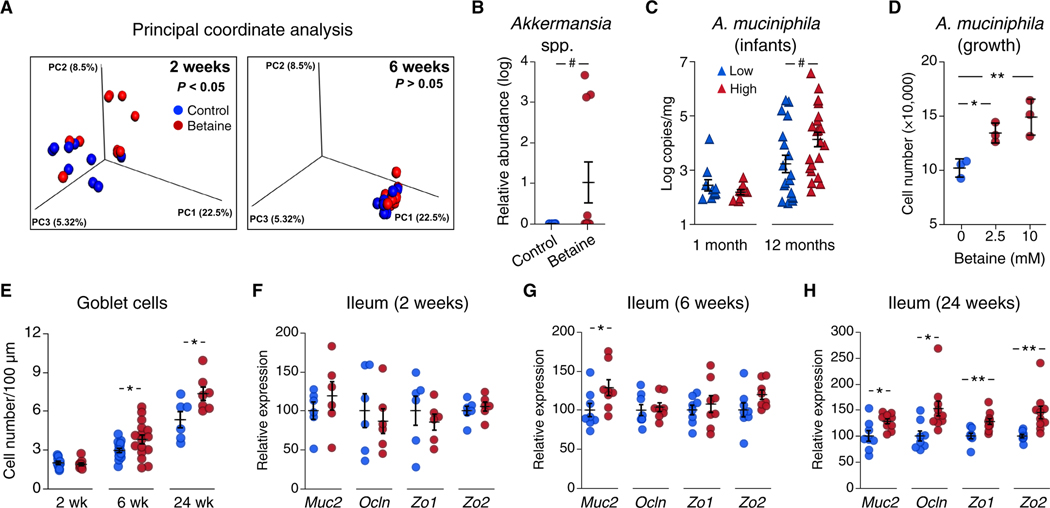Fig. 3. Maternal betaine supplementation increases Akkermansia abundance in neonatal mice.
(A) PCoA of unweighted UniFrac distances for the cecal microbiota from 2-and 6-week-old offspring of betaine-treated dams (red) or control dams (blue) is presented; P value was assessed by the Adonis test (n = 10 per group). (B) Relative abundance of Akkermansia spp. in cecal samples from 2-week-old mice is shown as log(x + 1) values. (C) A. muciniphila copy number per mg of fecal sample in 1-month old (n = 19) and 12-month-old (n = 40) human infants is shown. Infants were categorized into low-exposure (blue triangles) and high-exposure (red triangles) groups based on milk betaine concentration median values (4.1 μM). (D) A. muciniphila was grown in vitro in the absence (blue) or presence (red) of 2.5 or 10 mM betaine until reaching the stationary phase (25 hours of growth); cell number was quantified by qPCR (n = 3, means ± SD; one-way ANOVA with post hoc Dunnett’s test). (E) Shown is goblet cell number in ileum sections from 2-week-old (n = 10 per group), 6-week-old (n = 16 per group), and 24-week-old (n = 6 to 7 per group) offspring born to control (blue) and betaine-treated (red) dams. (F to H) Shown are ileal mRNA concentrations of four intestinal barrier markers Muc2, Ocln, Zo1, and Zo2 in mouse offspring at 2 weeks (n = 10 per group), (G) 6 weeks (n = 8 per group), and (H) 24 weeks of age (n = 8 to 10 per group). Unless otherwise stated, data are means ± SEM. *, Student’s t test P < 0.05; **, P < 0.01; #, Mann-Whitney U test P < 0.05.

